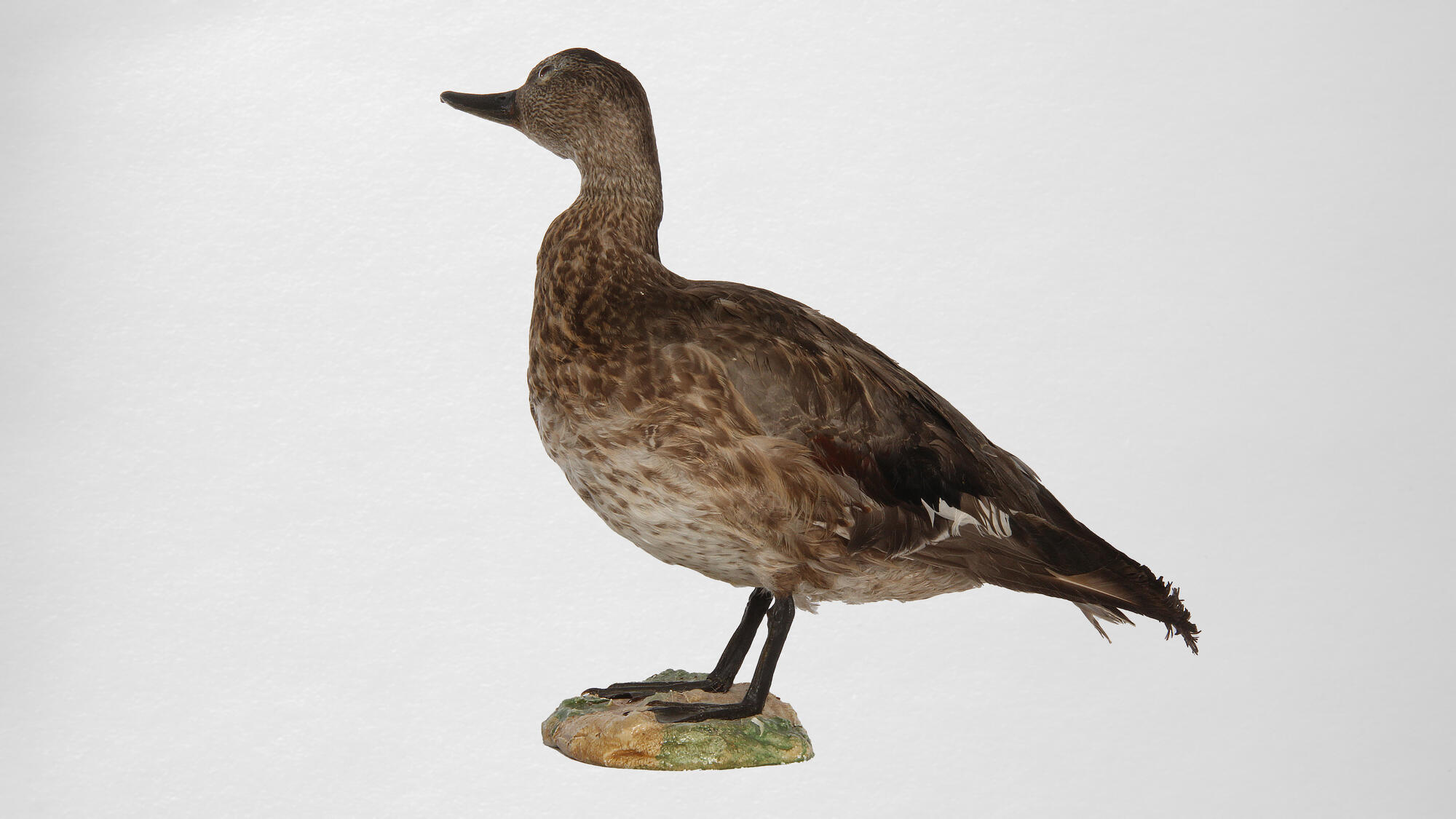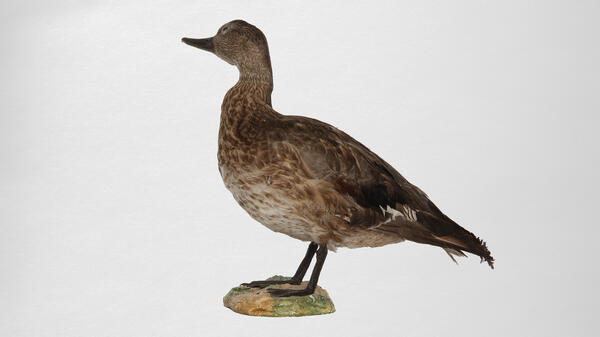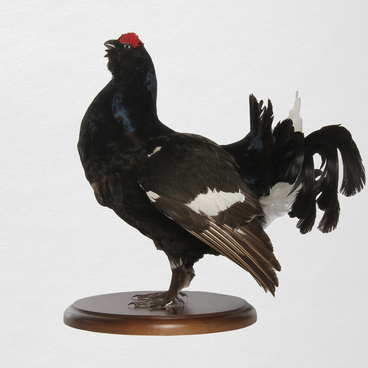The gadwall belongs to the Anatidae family and is native to Eurasia, North America and some islands in the North Atlantic. If earlier this duck could be found mainly in the zone of southern steppes and semi-deserts, then during the 20th century it gradually moved to temperate latitudes. Migration is believed to have been influenced by severe droughts.
Almost three quarters of all gadwalls in Europe nest in the European part of Russia: numerous populations are found in the Caspian lowlands and the Ciscaucasia, in Central Russia, at the mouth of the Irtysh, and the northern border of the habitat runs along the upper reaches of the Ob River.
The length of an adult gadwall reaches 56 centimeters. In this species, males weigh up to 1.3 kilograms, and the weight of a female varies from 500 grams to a kilogram.
In breeding plumage, the male gadwall looks brighter than the female. The brownish-gray plumage of the back is complemented by a black streaky pattern on the front of the chest and sides, elongated plait feathers on the shoulders, velvety black upper and lower parts of the tail. The front of the neck is reddish in color, and the abdomen and back of the chest are white. In flight, a white “mirror” is clearly visible — a spot along the trailing edge of the wing, in front of it there is an area with chestnut feathers. The peak is dark gray, the legs are yellow with dark membranes. After shedding of feathers, the male gadwall loses its streaky pattern, and its beak becomes ocher-yellow.
The plumage of the female throughout the year remains brownish-gray, without a striated pattern, the belly is white, the beak is yellow with dark specks and dark orange edging.
During the nesting period, gadwalls settle near small calm bodies of water and swim a lot in shallow coastal areas, where emerging vegetation creates shade. During this period, they try to avoid areas of the lake adjacent to the forest or dense thickets.
The nest of the gadwall is located near the water, but on dry soil. The place reliably camouflages from all sides in bushes, reeds or bunches of dry tall sedges, but sometimes leaves it open. In rare cases, birds arrange nests at a distance of up to one kilometer from the reservoir.
As soon as the bird has offspring, it moves to reservoirs with a large space of open water, sometimes settles in artificial reservoirs.
The gadwall feeds on overgrown shallow areas. It eats mainly plant foods: leaves and shoots, seeds and phytoplankton. In the second half of summer, it often flies to fields with cereal crops, where it eats millet, wheat, buckwheat, sometimes digs tubers and bulbs of meadow grasses along the banks of the reservoir.
In spring and summer, during the breeding season, invertebrate food items rich in protein is added to the diet of the duck: it is necessary for the formation of eggs. The duck catches water beetles and other insects, takes crustaceans and mollusks, tadpoles and fry in shallow waters. Ducklings also eat invertebrate food items.
Almost three quarters of all gadwalls in Europe nest in the European part of Russia: numerous populations are found in the Caspian lowlands and the Ciscaucasia, in Central Russia, at the mouth of the Irtysh, and the northern border of the habitat runs along the upper reaches of the Ob River.
The length of an adult gadwall reaches 56 centimeters. In this species, males weigh up to 1.3 kilograms, and the weight of a female varies from 500 grams to a kilogram.
In breeding plumage, the male gadwall looks brighter than the female. The brownish-gray plumage of the back is complemented by a black streaky pattern on the front of the chest and sides, elongated plait feathers on the shoulders, velvety black upper and lower parts of the tail. The front of the neck is reddish in color, and the abdomen and back of the chest are white. In flight, a white “mirror” is clearly visible — a spot along the trailing edge of the wing, in front of it there is an area with chestnut feathers. The peak is dark gray, the legs are yellow with dark membranes. After shedding of feathers, the male gadwall loses its streaky pattern, and its beak becomes ocher-yellow.
The plumage of the female throughout the year remains brownish-gray, without a striated pattern, the belly is white, the beak is yellow with dark specks and dark orange edging.
During the nesting period, gadwalls settle near small calm bodies of water and swim a lot in shallow coastal areas, where emerging vegetation creates shade. During this period, they try to avoid areas of the lake adjacent to the forest or dense thickets.
The nest of the gadwall is located near the water, but on dry soil. The place reliably camouflages from all sides in bushes, reeds or bunches of dry tall sedges, but sometimes leaves it open. In rare cases, birds arrange nests at a distance of up to one kilometer from the reservoir.
As soon as the bird has offspring, it moves to reservoirs with a large space of open water, sometimes settles in artificial reservoirs.
The gadwall feeds on overgrown shallow areas. It eats mainly plant foods: leaves and shoots, seeds and phytoplankton. In the second half of summer, it often flies to fields with cereal crops, where it eats millet, wheat, buckwheat, sometimes digs tubers and bulbs of meadow grasses along the banks of the reservoir.
In spring and summer, during the breeding season, invertebrate food items rich in protein is added to the diet of the duck: it is necessary for the formation of eggs. The duck catches water beetles and other insects, takes crustaceans and mollusks, tadpoles and fry in shallow waters. Ducklings also eat invertebrate food items.



